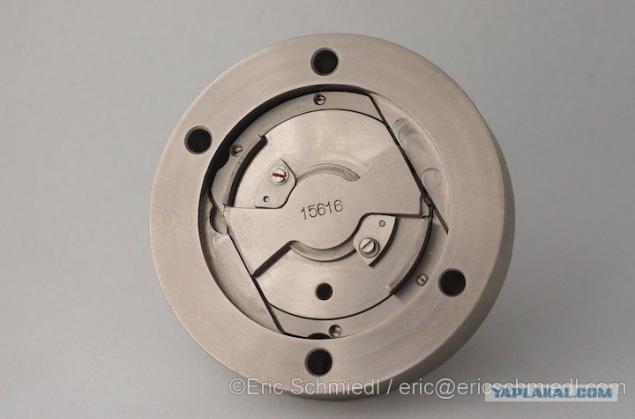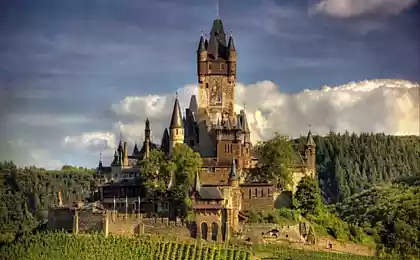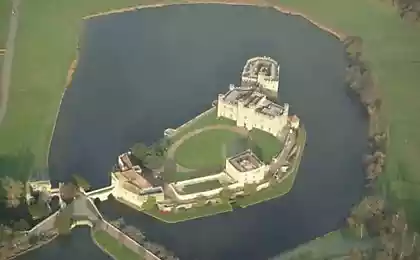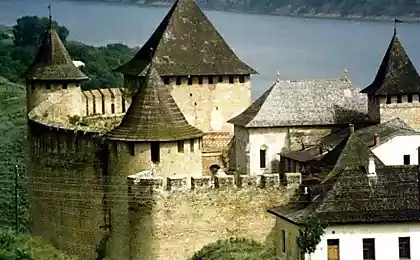706
Secret Castle of the USSR
In the picture - the original high-security mechanical lock that was used in the USSR
10 ph © Eric Chmiedl

It is interesting that, as they say, the purpose of this particular castle - to be more "superstructure" above the keyhole. That is, in order to gain access to the keyhole "core" of the castle, it was required to open the exquisite "box."

What is required is the solution? Here's why: while on "foreign territory", it is possible to buy local safe (for example, to store documents in the embassy - to such application point of reference), and further to close it like the "outside" lock. After all, it is clear that local manufacturers of safes, knowing exactly where the sample comes, can share with the duplicate key "services concerned" host embassy party. The owner of the keys can open the safe staffing leaving no traces that would help to understand the contents of the safe were "compromised". And it was the intrusion detection - the most important task of counterintelligence.

The introduction of an additional lock in this case allows you to negate the effect of local produce duplicate keys and thus save on the delivery of in-room safe. So that the application is quite logical.

By the way, this way, "improved" potentially listened link (eg satellite phones provided by well-wishers from the "advanced democracy") to a telephone attached "scrambler", encrypts acoustic voice input signal and converts it into an equally suitable for transmission It provided for the link, but "closed", the signal at the output. On the receiving handset is put back converter, it is understandable.

06

07

08

09

via blackbag.nl

Source:
10 ph © Eric Chmiedl

It is interesting that, as they say, the purpose of this particular castle - to be more "superstructure" above the keyhole. That is, in order to gain access to the keyhole "core" of the castle, it was required to open the exquisite "box."

What is required is the solution? Here's why: while on "foreign territory", it is possible to buy local safe (for example, to store documents in the embassy - to such application point of reference), and further to close it like the "outside" lock. After all, it is clear that local manufacturers of safes, knowing exactly where the sample comes, can share with the duplicate key "services concerned" host embassy party. The owner of the keys can open the safe staffing leaving no traces that would help to understand the contents of the safe were "compromised". And it was the intrusion detection - the most important task of counterintelligence.

The introduction of an additional lock in this case allows you to negate the effect of local produce duplicate keys and thus save on the delivery of in-room safe. So that the application is quite logical.

By the way, this way, "improved" potentially listened link (eg satellite phones provided by well-wishers from the "advanced democracy") to a telephone attached "scrambler", encrypts acoustic voice input signal and converts it into an equally suitable for transmission It provided for the link, but "closed", the signal at the output. On the receiving handset is put back converter, it is understandable.

06

07

08

09

via blackbag.nl

Source:
























